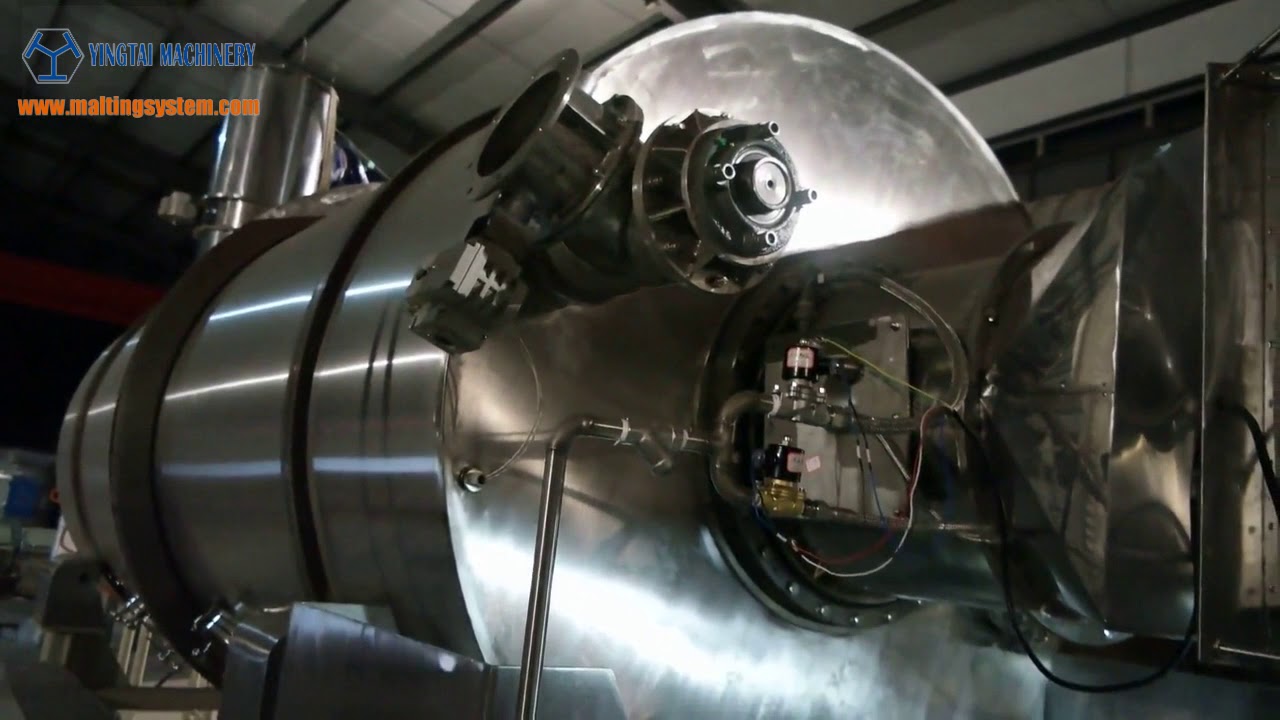Which specialty malts the brewer adds to the recipe have the biggest impact on the perceived beer’s overall flavor while other factors support the overall flavor.
Specialty malts give beer the unique flavor and character the brewer is looking for in the style they are brewing. These are the malts that help a chocolate stout be chocolaty or porter to be dark.
Regardless of the brewing process (extract, partial grain or all-grain) if the brewers are using any grain at all, they are adding specialty malt in almost all beers they brew. These malts will change the overall character of the beer, even if only one pound with twelve pounds of base malt. As an example, conventional specialty malt – Cara-pils (Lovibond 1.5) will increase mouthfeel, body and give the beer a sweet malty flavor and aroma. And we not done with what Cara-pils can do, it also aids in head retention, a feature every brewer wants for most of the beers he brews.
Contents
Malt Categories
Acid Malt
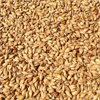
(Acidulated) – 1.8° L. pH 3.4-3.6 – The lactic acids on the outside of the grain give the malt a slightly sour taste. The addition of 1 to 10% to lower mash and wort pH. Suitable for brewing pilsner with soft water. Recommended for pils and hefeweizen mashes.
Aromatic Malt
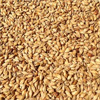
Adds a strong, intense malt aroma while delivering an array of toasted flavors, and deep color when used as a specialty.
Malt starts slightly sweet, at the same time develops a smooth, clean and slightly dry finish.
Biscuit Malt
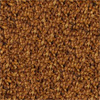
24.5°L – A unique lightly toasted malt that will provide a warm bread (or biscuit), earthy flavor, with complex nutty flavors and aroma. Belgian Biscuit® Malt promotes a light to medium garnet brown color. Use in small percentages to add complexity and color to lighter beers, or in greater quantities for dark beers such as nut brown ales to deliver the characteristic nutty, toasted biscuit flavors.
Black Patent Malt
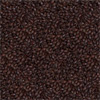
500 L – Used to provide color without an overpowering flavor. Use for all beer styles for color adjustment. The usage rate of 1-10% for desired color in porters and stouts. Want achieve a desired color, this malt when combined with other dark roasted malts will allow you to do so. Brew stouts with more color and less intense roasted barley flavor notes. Not interchangeable with roasted barley.
Black Roasted Barley Malt
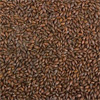
500 L – Provides the color and rich, sharp flavor that is characteristic of Stouts. Slight hints of coffee with an intense bitter and dry flavor that contributes a dryness to a stout or porter. Usage percentages are 3-7% for a dry Porter, and 5-15% for a dry Stout.It is not interchangeable with Black Patent.
Brown Malt
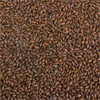
60-70° L – Its strong, dark roasted flavor, bitterness and acrid finish with slightly nutty with a hint of bitter chocolate to beer. Made from green malt. Works great in older styles of English ales such as brown ales and mild stouts, plus an essential ingredient for traditional porters. Brown malt imparts dark amber to light brown hues.
Chocolate Malt
375-450°L – “Chocolate” refers to the color of this malt and its flavor. Adds Chocolate color and flavor to a broad range of dark beer styles and is a classic malt for a stout, porter, or brown ale. Small percentages, it gives a brown color and mild roasted flavor, with greater amounts delivering strong bittersweet chocolate and near black color.
Coffee Malt
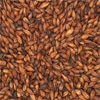
150°L – Imparts a dark brown color, rich coffee like flavor and aroma. Contribute to a smooth mouthfeel. A dark roasted malt on the lighter end of the chocolate malt spectrum. Enhances the coffee-like roast character in stouts and porters, or add complexity to brown or amber ales.
De-Bittered Black Malt
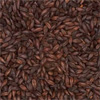
A malt that can be substituted for roasted barley to achieve a smoother flavor. Utilized at a rate of 1-5% of the total grain bill. This malt leaves a mild and smoother character than whole grain because of the barley was de-husked removing the tannins from the grain. It will also add to the deeper aroma, color, and body of darker beers.
Golden Naked Oats Malt
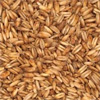
5-10 L = A huskless oat crystal malt. Use at a rate of 4-15% of the total grist to deliver a deep golden hue with light caramel flavors as well as a creamy, satin finish and a fantastic shaving cream foam. Use in Pale Ales, IPAs, Bitters, Brown Ales, or Stouts. It has a distinctive sweet berry-nut flavor and will add a dark golden color with light caramel flavors to the finished beer. The usage rate is 4-15% of the grain bill.
Honey Malt
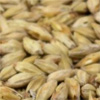
Has an intense malt sweetness adding honey flavors and aromas to the beer. Malt is a good choice in Brown and Special Ales. Aroma is reminiscent of honey, hence the name. Effective flavor contribution from steeping.Depending on the amount used, it adds a reddish color to the beer. The standard usage rate is up to 20% of the total grain bill.
Melanoidin Malt
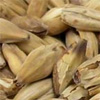
23-34L – Much like Munich, but with more aroma. Lends great aromatics, a nice almost biscuit flavor to the beer. Malt will replicate the maltiness and mouthfeel found in decoction mashes. Using more than 20% of the grain bill and this malt becomes overpowering. Improves flavor stability, fullness, and imparts a reddish color to dark, amber, and red-colored beers. Great for Dark Lagers and Red Ales. Must be mashed.
Pale Chocolate Malt
200-250 L – It is lighter in color than chocolate malt, and its flavor contribution will be milder and softer. It does have a rich roasted coffee flavor when used in higher percentages, and that flavor is complimentary to porters, stouts, browns, and other darker beers. Pale chocolate malt used in all beer styles for color adjustments with minor to no flavor contributions. The usage rate for darker beers is 1-10% of the total grain bill.
Peated Malt
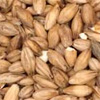
Lightly peated and is primarily used to enhance the flavor in Scottish-type ales.While the malt is in the kiln, peat moss outside the kiln is smoked over slow burning coals. The smoke is allowed to drift above the malt, providing the unique smoked peat aroma and flavor. Peated malt used in the production of some of Scotland’s fine scotches.Usage rate is 1-10% of the total grain bill. The rule is to use sparingly because the flavor of peated malt can quickly take over.
Rauch Malt
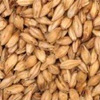
2.1-3.6°L – Initially formulated specifically for the traditional Bamberg Rauchbier (Bamberg Smoked Beer). Beech Wood Smoked German grown two-row spring barley. Can be used for any lager or ale with a complex flavor. Suitable for beers of all strengths, from “regular” to Märzen to Doppelbock.
Smoked Two-Row Malt
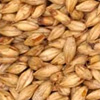
Smoked malt will contribute a smoky flavor and aroma to the beer. Use up to 2 lb per 5-gallon batch depending on taste. Smoked malt is smoked with many different wood varieties, ranging from Alder, Cherrywood, Mesquite, Beechwood, Alderwood, Peat, and others. Any smoked malt should be used sparingly because its aroma and flavor can easily take over beer.
Special Roast Malt
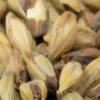
50 L – Malt has an intense biscuits like flavors that have been described as tasting like bran flakes and Sourdough bread. Malt will contribute deep golden to brown hues to the color. Usage – 10% of your recipe to get the signature Sourdough flavor for ambers, browns, porters and stouts and 3-5% to add the bran/biscuit complexity to IPA’s, Marzen/Octoberfests,
Victory Malt
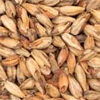
28°L – Victory malt has a light roast to bring out the nutty, toasty, and biscuit flavors and aromas associated with baking bread. That unique aroma is excellent in Nut brown ales and other dark beers. Malt creates a dry toasted complexity and a russet brown color with a broad range of beer styles. Use in small amounts to add a touch of warmth to light ales or lagers, or use in larger quantities (up to 25%) in darker beers to bring out more of the toasted biscuit flavors.
Caramel/Crystal Malts
Caramel, or crystal – these malts are made from green malt that is produced by drying the wet germinated barley at controlled temperatures, causing the starches to convert to sugars and caramelize. Caramelized malts come in a broad range of colors, from light to very dark amber, and with flavors ranging from mild sweet caramel to the caramel/burnt sugar. The largest variable in the process is the roasting temperature, which determines the degree of caramel flavor and the depth of the color. Primarily known for its color control, these malts also providing dextrins (Unfermentable sugars are highly caramelized sugars) which improve body, mouthfeel, and some sweetness.
Improved foam stability – achieved with the use of Caramel malts. Light caramel malts accentuate the soft malt flavor while darker caramel malts promote European flavor (caramel and slightly sweet taste).
Caramel/Crystal Malt
Can be used by itself, or used in conjunction with different specialty grains. You have seen the number of the descriptions of the malts. So what do these numbers mean? The “L” stands for Lovibond. All that means is color. Concerning crystal malt, they are, 10L, 20L, 40L, 60L, 80L, 120L, and 150L. Only saying, the smaller the number the lighter the color impact as well as flavor. Want a darker sweeter beer flavor then use the higher the number Lovibond Crystal Malt in that beer.
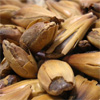
Carabohemian Malt
72-80L – Provides an intensified caramel aroma, supplying notes of bread, caramel, toffee and a fuller body to the fermented beer. A dark golden-brown and with slightly aromatic kernels, Cara Bohemian malt can contribute a dark amber to deep coppery color to finished beers depending on the percentage specified while adding mouthfeel and a rich malt accent.The usage rate is 1-15% of the total grain bill.
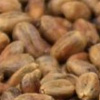
Caramel Wheat Malt
38-50 L – Malted wheat that has been steeped and kilned to create a caramel malt. Caramel wheat (Carawheat®) is a darker wheat malt used to emphasize the typical wheat malt aroma with a fuller flavor and enhanced color. Typically used in Dunkel wizens, hefeweizen, and dark ales and is generally used at a rate of up to 15% of the total grain bill.
Caramunich Malt
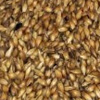
55-65L – Crystal malt that will impart a rich, caramel sweet aroma and full flavor. These malts are highly modified, caramelized and slightly roasted, and beers are requiring additional caramel malt flavor and color. Are especially well suited to (Caramunich and Caramel Munich are the same malts)
Carapils Malt
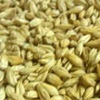
1.5°L – Dextrine-style malt that adds body and beer stability. Use up to 5% for increased foam, improved head retention and enhanced mouthfeel in any beer style without adding flavor or color to your beer. Has a clear, glassy endosperm and contributes unfermentable sugars that add the foam stability, and palate fullness to beer.
Crystal 10 L Malt
Lightest colored Crystal available. The flavor has a candy-like sweetness with mild caramel character. This malt will add golden hues to a beer, creating a beautiful blonde or pilsner. Requires no mashing. Therefore all-grain and extract brewers alike use Crystal Malts. Will also improve the head of the beer.
Crystal 20 L Malt
Will create a slightly darker golden color and has a candy-like mild caramel sweetness. This light caramel malt produces golden hues and has a mellow, candy-like sweetness and a mild toffee flavor. It will contribute more flavor than a Cara Pils, but not as much as darker caramel malts. Use 3-15% for enhanced body and foam stability with a mild color and flavor contribution.
Crystal 40 L Malt
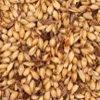
Will create a light red color and has a medium toffee-like caramel sweetness. Some Pale Ales and most Amber Ales use Crystal 40L. Used in darker beers when you are looking for the benefit of the Crystal malt and some color contribution, but not the caramel notes that the higher colored Crystal malts have.
Crystal 60 L Malt
Will create a deep golden to red color and has a distinct sweet caramel flavor. A widely used, versatile, medium crystal malt that will contribute a rich sweetness, and pleasant toasted bread and pronounced, full caramel flavor with a light reddish hue. Use 3-15% in numerous beer styles for enhanced body and foam stability as well as additional flavor and color.
Crystal 80 L Malt
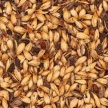
A medium-dark crystal malt with a deep reddish hue and pronounced flavors of dark caramel with hints of raisin. Will create a red to deep red color, slightly hinting of burnt sugar and strong dark caramel presence. Use in red ales and darker beer styles to enhance body, foam stability (head retention), color, and flavor. Use 3-15%.
Crystal 120 L Malt
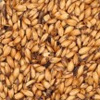
Will create a dark red color and has a distinct caramel flavor combined with burnt sugar and raisin flavors. Crystal 120 aids in head retention and foam stability also impart a very pronounced sharp caramel flavor and deep red color. Provides color, unique flavor, and body. Used in small quantities in red ales and lagers. Commonly used in porters and stouts.
Special B Malt
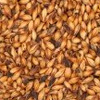
The darkest of the Belgian crystal malts, Special B will impart a heavy caramel taste and is often credited with the raisin-like flavors of some Belgian Abbey ales. It has a unique aroma and flavor that is very complex, with subtle notes of burnt sugar, raisin, and dark dried fruits such as cherries and plums. Larger percentages (greater than 5% of grain bill) will contribute a dark brown-black color and fuller body.
Additional articles about Malts: (Extract malts) (Malts) (Base Malts)

